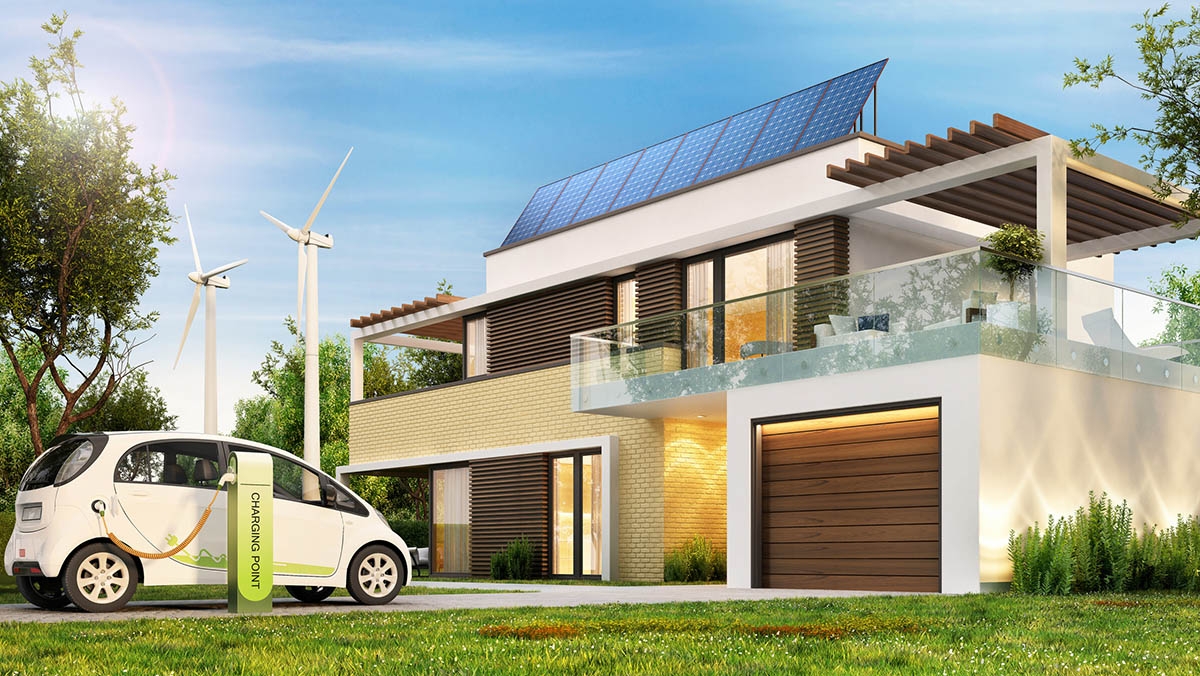
Everything you need to know about future buildings
In the last few decades, the effects of digitalisation can be spotted in every sphere of life, everything we knew previously has been technologically advanced, and for a long time, the real estate sector has needed a change in a similar direction.
With pressing demands on a global scale, these advancements have been forced to increase their pace. Keeping both efficiency and sustainability in mind, the framework of future buildings has been designed. Future buildings make the most of the digital and electric knowledge to design resilient and people-centric buildings.
The Need for Future Buildings
There is no denying that future buildings are in the best interest of all stakeholders. This is a unique opportunity for the world to improve its indoor environment by transitioning from simple living and workspaces towards future buildings that are sustainable, resilient, accessible and affordable.
Clearly, making sure that sustainability as a factor is kept at the forefront is essential. By introducing future buildings, the environmental concerns are adequately addressed as their carbon output is zero making them the best solution for reducing the carbon footprint of buildings which are usually the front-runner of global greenhouse gas emissions accounting for 40% of emissions annually.
To make the switch to future buildings, we need to accelerate large scale action, which should include retrofits of buildings that are already existing by focusing on renovating them for conversion into future buildings rather than demolishing and rebuilding them. This would save time and resources, which would be in the best interest of everyone.
Resiliency is where real estate usually falls short, with future buildings things are set to change. There are many man-made and natural disasters that may occur at any point in time, making it imperative for future buildings to be able to adapt adequately in times of crisis. Having resilient and dependable power management is the only way this can become a reality.
Future buildings need to be able to withstand unpredictable shocks and be able to adapt to the changes that occur in the environment around them.
There is so much technology at our disposal, and using it for future buildings is one of the best ways to utilise it. Building owners can use big data and AI to lower operating costs drastically as well as improve productivity. This would be done by addressing factors like operational efficiency, space management, and the experience of the occupant.
It is estimated that about 90% of our time is spent indoors, which means adequate measures must be taken to optimise your indoor space. This means that another need for future buildings is to take a people-centric approach by making services accessible and affordable for all.
This keeps the well-being and needs of the people at the forefront by focusing on providing them with a healthy, safe, and welcoming environment to live and work.
How to Make the Shift Towards Future Buildings?
To safeguard future buildings from hazardous situations like fire breakouts, short-circuits, install electrical systems that are designed to safeguard all assets and resources. A great decision can be to install industrial automation systems complete with assembled control and alarming systems that will go off automatically if anything unusual is detected.
It would be advisable to do in-depth research and collaborate with a leading service provider in the electrical field if you are planning to invest in an industrial automation system or in the renovations of future buildings.
Photo: iStock









